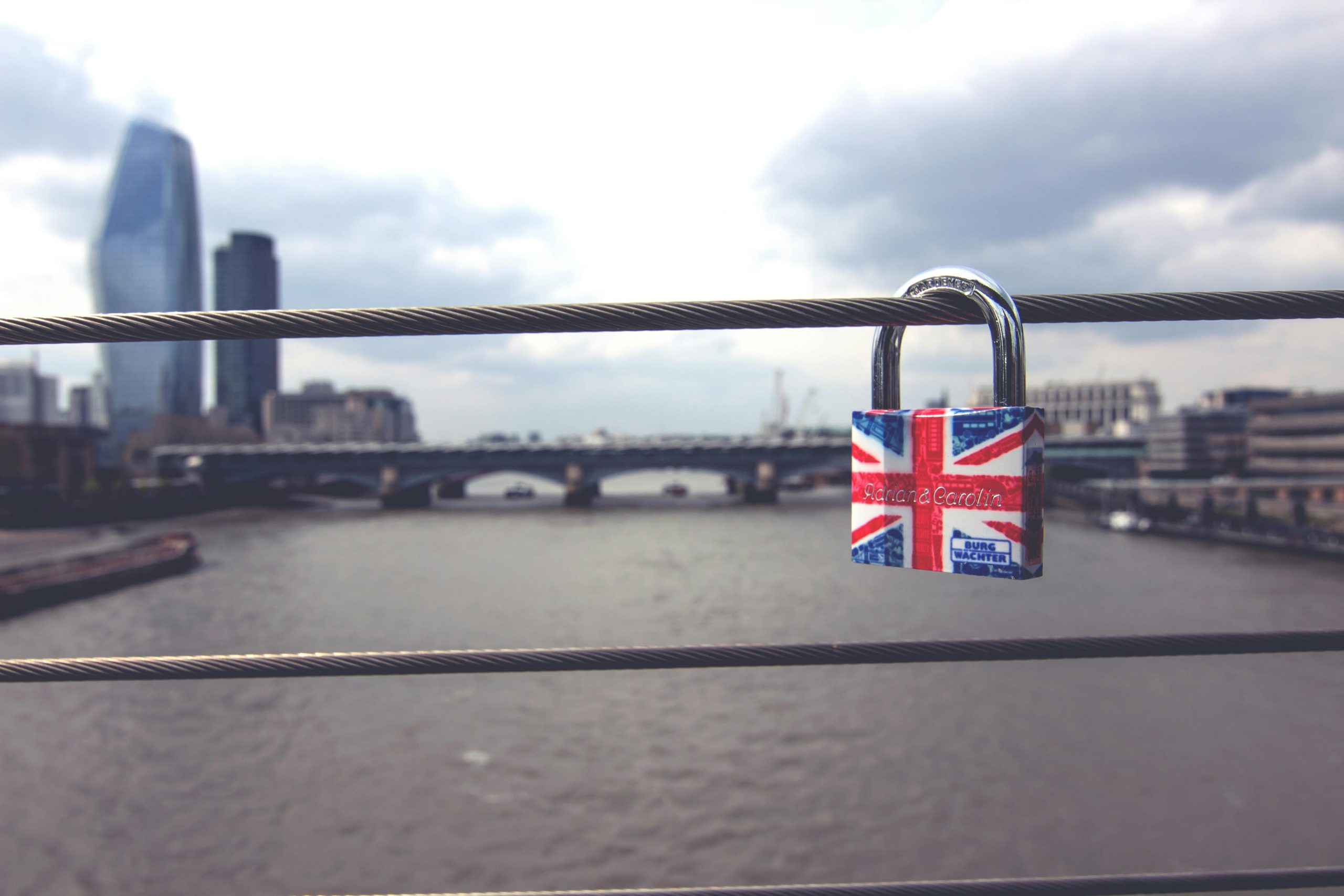Why isn’t there a continuous walkway along the entire stretch of the Thames in central London? The river is absolutely beautiful on sunny days, and it feels like such a missed opportunity not to have a dedicated pathway for everyone to enjoy!
Many countries have embraced their waterfronts with charming boardwalks and promenades filled with cafes, restaurants, and green spaces. Wouldn’t it be fantastic to have a seamless walkway along the Thames instead of the current fragmented paths that often force us back into the city’s roads, tunnels, and alleyways?
I can’t help but wonder about the cost of creating such a walkway and the potential boost it could provide to tourism. Do any of you feel the same way?


I completely agree with you! A continuous walkway along the Thames would be an incredible asset for both locals and tourists. The river’s beauty, especially on sunny days, deserves to be celebrated with an uninterrupted path filled with cafes, parks, and scenic spots. It would not only enhance the overall experience of being by the water but also promote outdoor activities and healthier lifestyles.
Regarding the costs and tourism revenue, it would certainly be an investment, but the return in terms of increased foot traffic, local business revenue, and tourism could be substantial. Think about how many people enjoy walking, jogging, or cycling with a beautiful view! Plus, it could foster community engagement by providing spaces for events and gatherings.
And as you mentioned, the current layout with those sporadic walkways can be frustrating. A continuous path would make it much easier and more enjoyable to explore. Here’s hoping city planners will consider expanding access along the Thames in the future!
What a thought-provoking post! The idea of a continuous walkway along the Thames truly aligns with the growing global trend of enhancing urban waterfronts for public enjoyment and sustainable tourism. A seamless path could significantly improve accessibility and create a vibrant atmosphere where local businesses thrive through increased foot traffic.
In many cities, such as Barcelona and Sydney, waterfront promenades have transformed not only the aesthetic appeal of the area but also the local economy, with cafes, parks, and recreational facilities attracting both residents and visitors. It could be beneficial to conduct a feasibility study on the potential costs and long-term economic impacts of a Thames walkway, perhaps drawing on examples from similar projects in other major cities.
Moreover, integrating green spaces and eco-friendly design elements could enhance biodiversity along the riverbank, making it a natural haven amidst the urban landscape. I believe that with collaborative efforts from local authorities, urban planners, and community stakeholders, this initiative could become a reality, enriching London’s cultural tapestry. Would love to hear your thoughts on integrating amenities into the design to enhance visitor experience!
Your Thoughts on a Continuous Thames Walkway
As a London resident, I completely agree that a continuous walkway along the Thames would not only enhance the beauty of our city but also significantly improve accessibility for both locals and tourists. There is something uniquely vibrant about being able to walk along the river, soaking in the sights and sounds of London.
However, the practicalities of such a project are worth considering. Here are a few insights into the potential benefits and challenges:
Of course, we would need to consider funding sources, the involvement of local authorities, and the impact on existing businesses and services. Nevertheless, this vision could become a reality through public consultations and collaborative efforts between residents and officials. Perhaps if we gather enough support and passion for